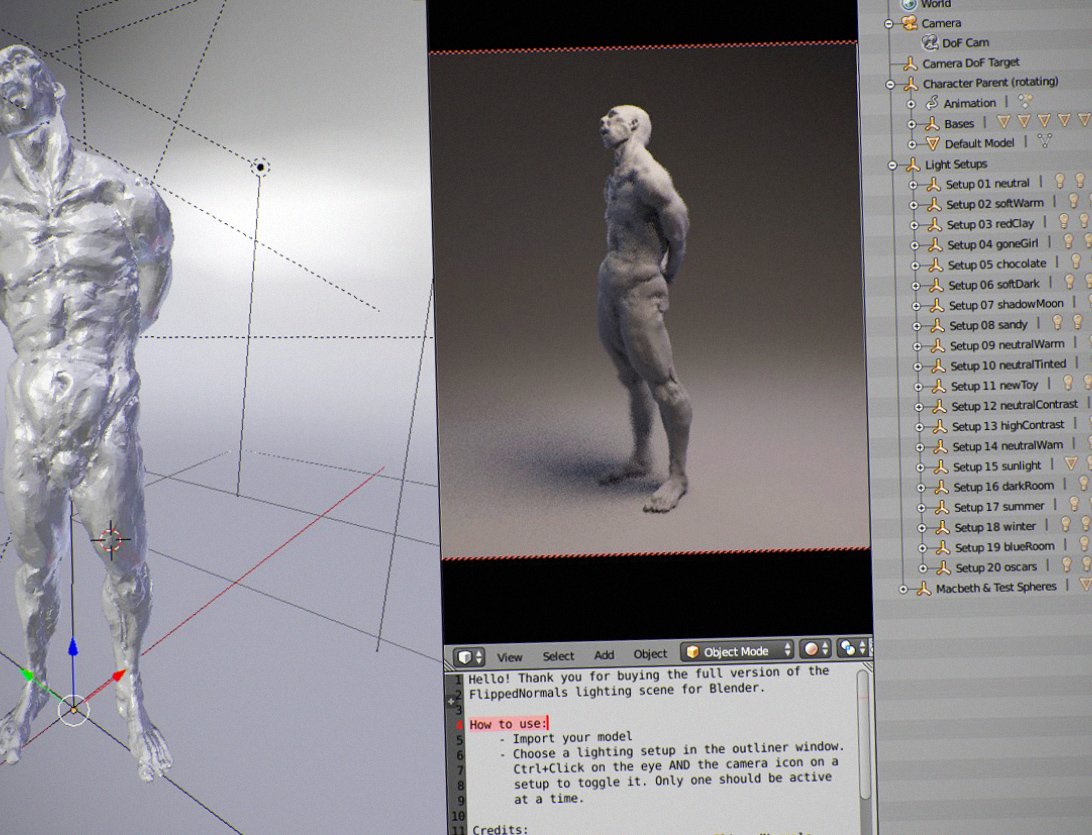

While certain graphics algorithms exist for improving that situation, Redshift uses the more traditional photon mapping technique which, unfortunately, suffers from this problem. The figures also reveal one of the Photon Mapping's weaknesses: it can store photons on parts of the scene that might not be visible to the camera and are, therefore, irrelevant to the final shaded pixels. Photons emitted from the light source bounce around the scene and are finally stored on surfaceĭuring rendering, final shaded pixels (white) are GI-lit by extrapolating the previously computed photons on the surfaces


For effects like caustics this has important quality advantages, the figures below demonstrate how this works. Photon Mapping works by shooting photons from the lights where as most other effects work by shooting rays from the camera. Deprecated - How To Use Photon Mapping For Diffuse GI.Max Num GI Photons / GI Search Radius / Max Num Caustics Photons / Caustics Search Radius.Reflection/Refraction/Combined Tracing Depth.


 0 kommentar(er)
0 kommentar(er)
